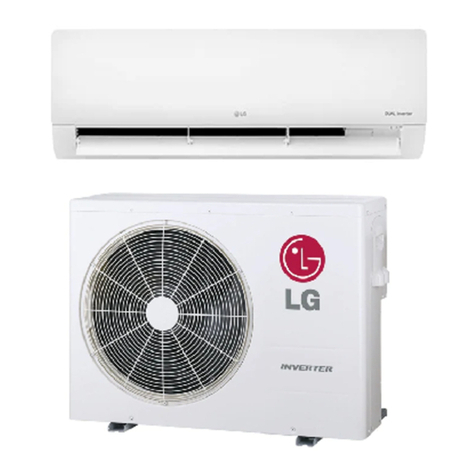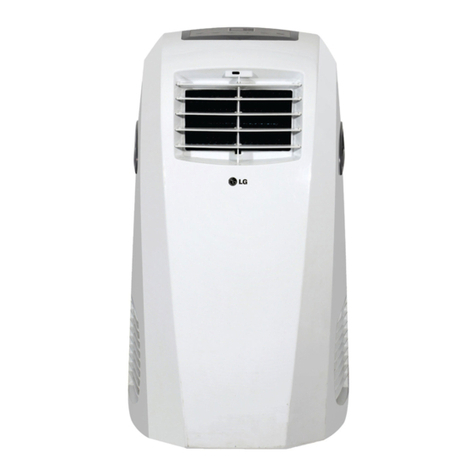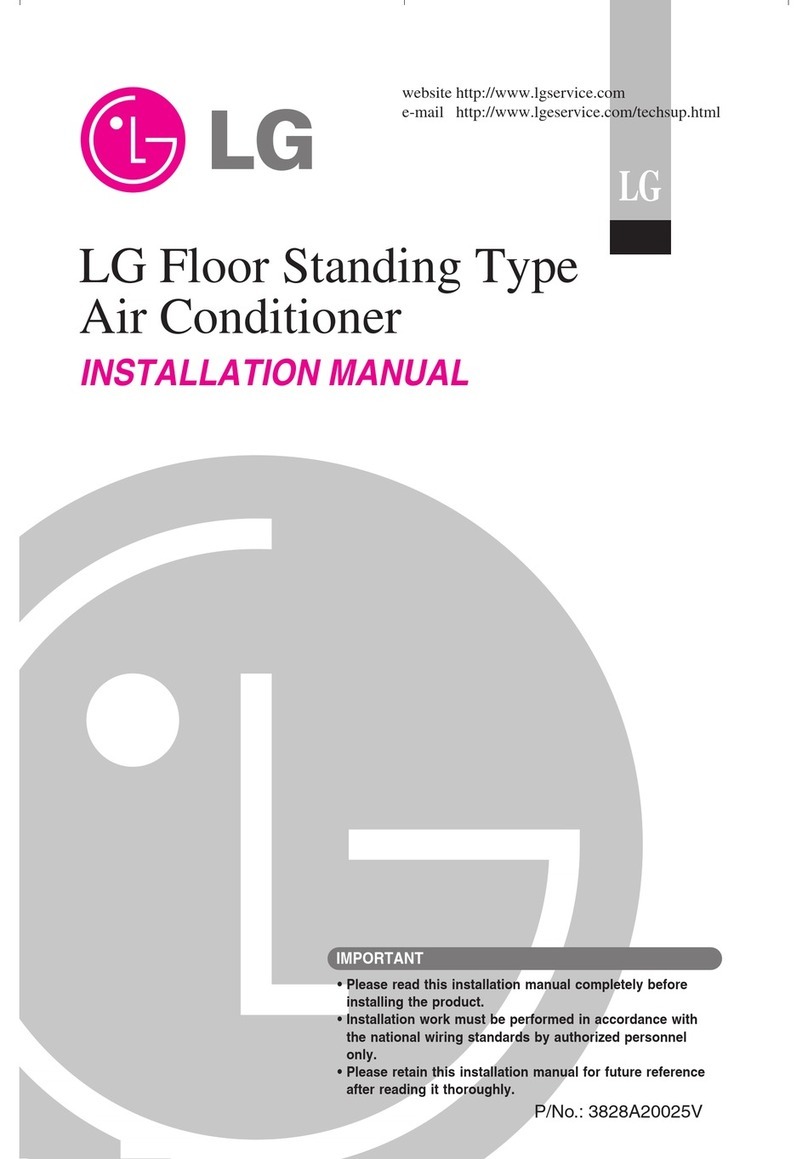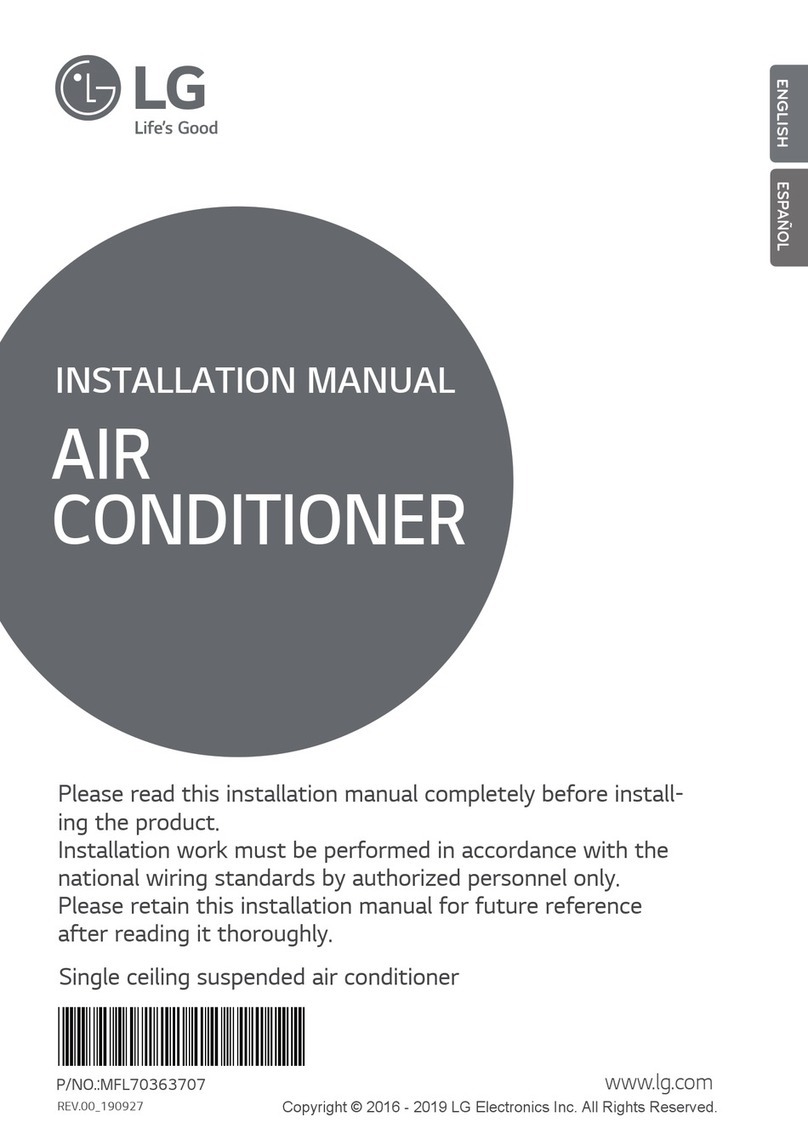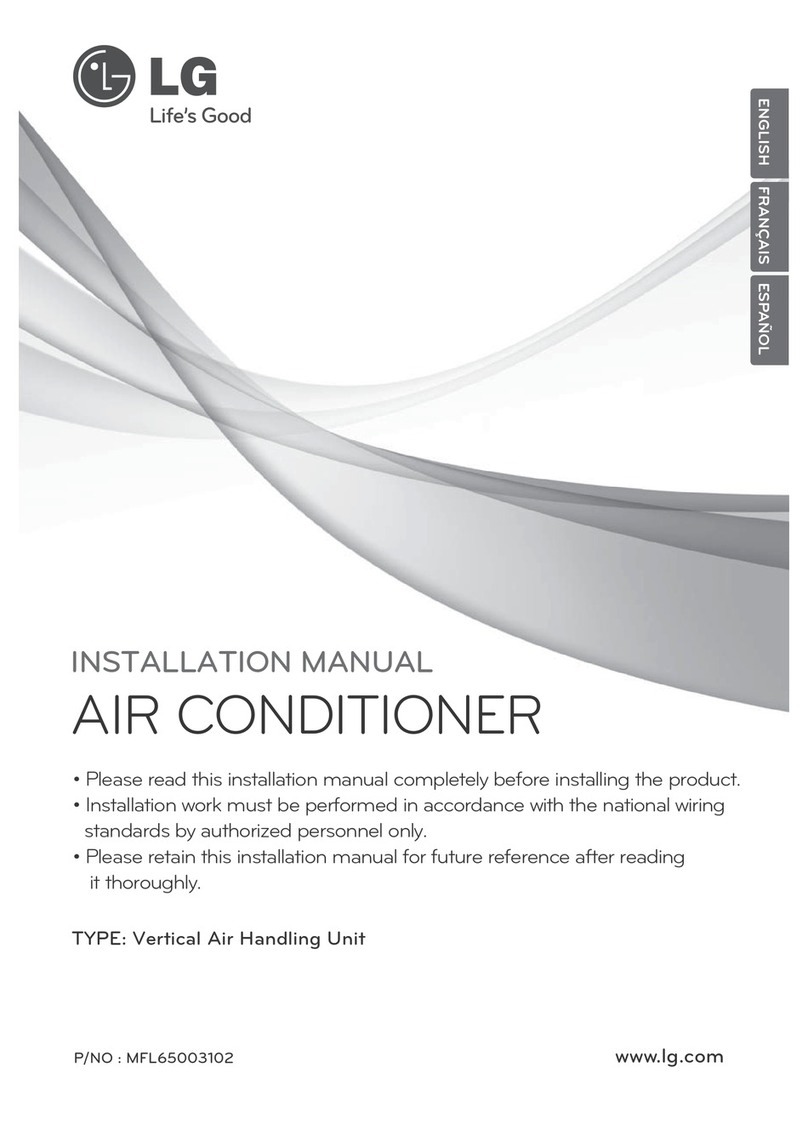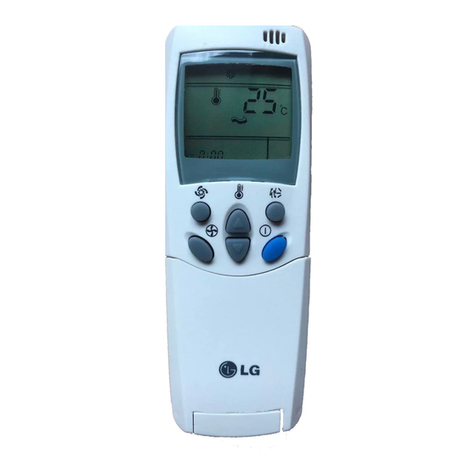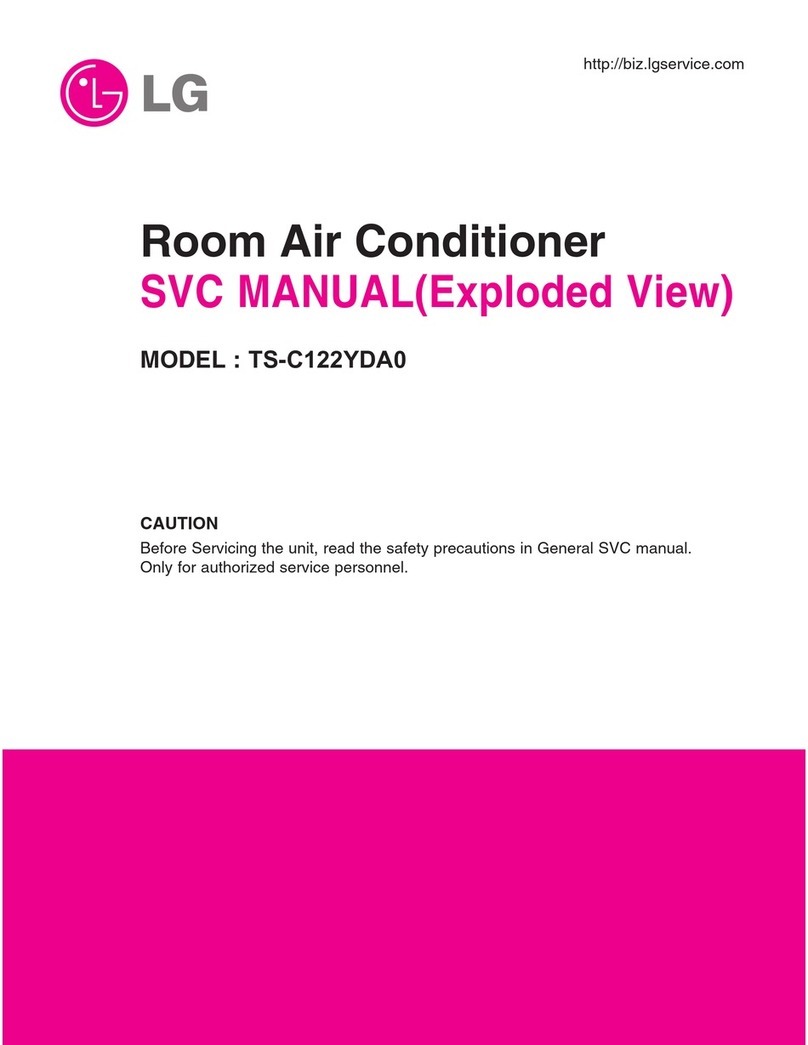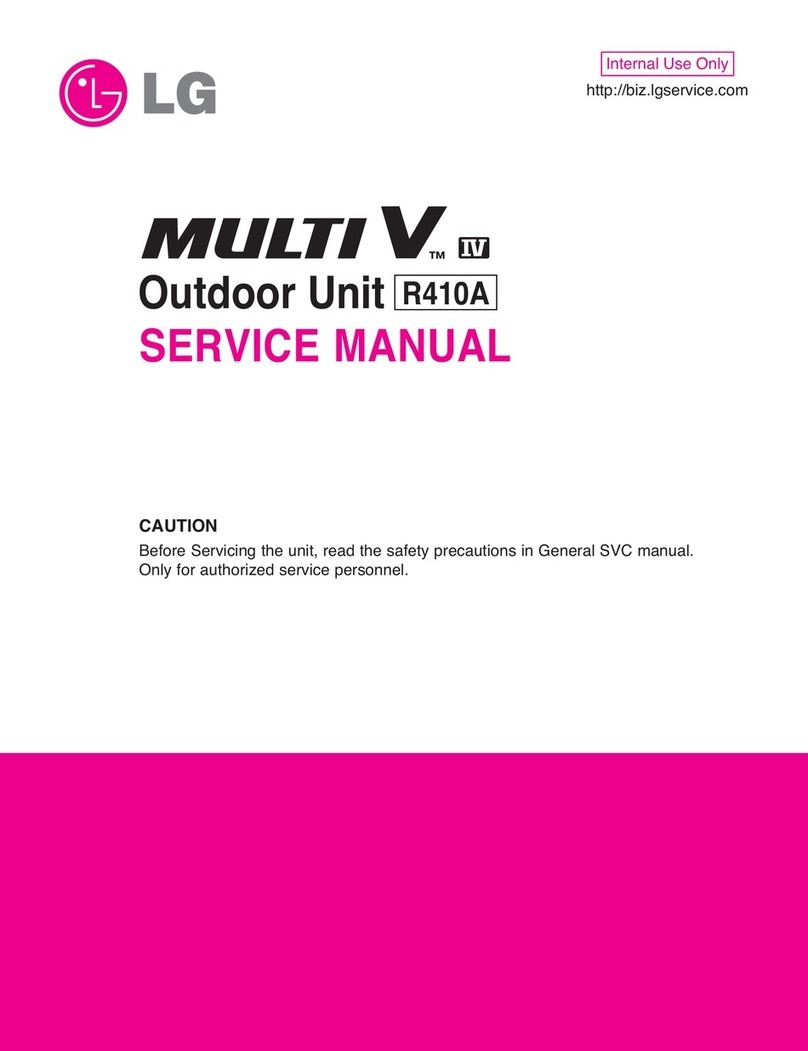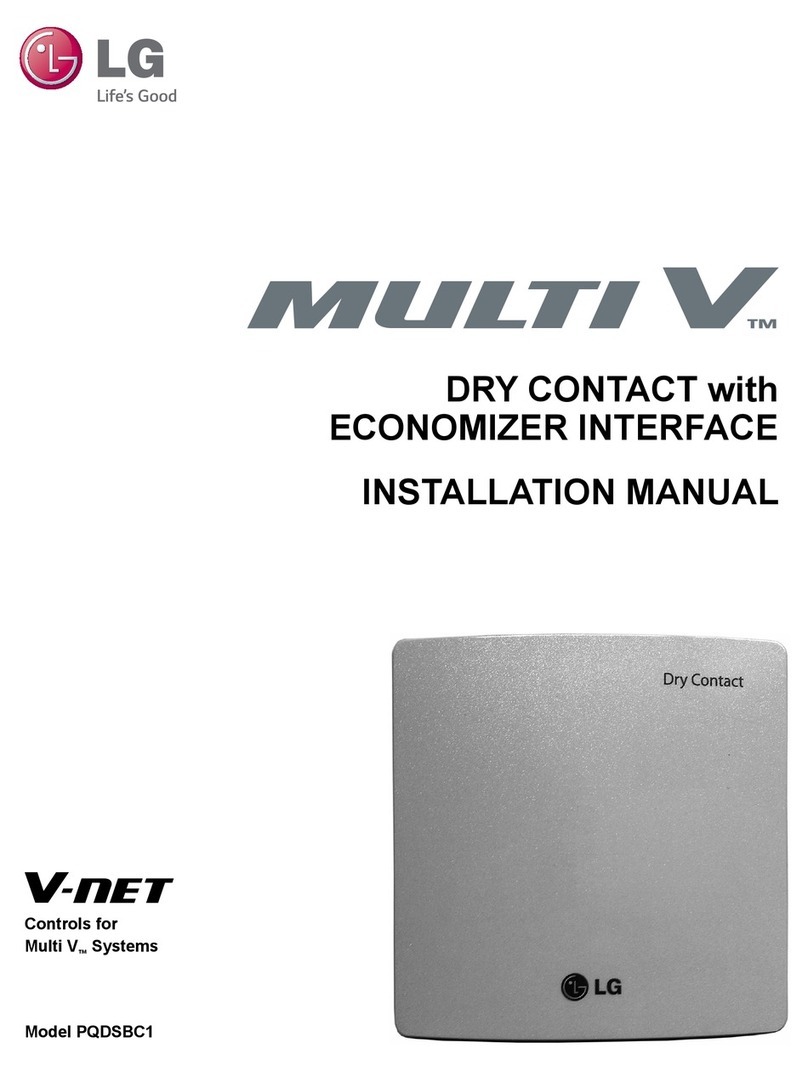LG AS-W096F1GO User manual
Other LG Air Conditioner manuals
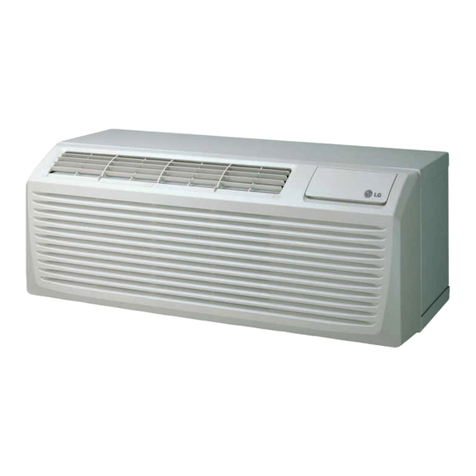
LG
LG LP126HD3B User manual
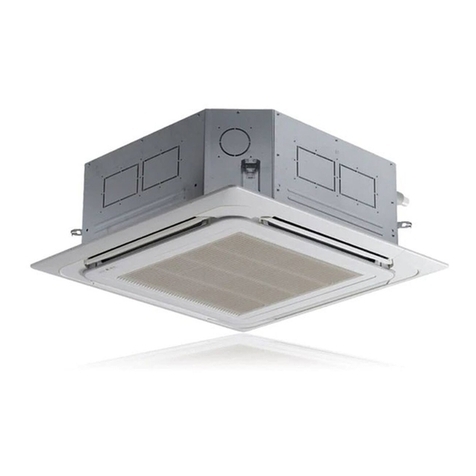
LG
LG Multi V Series Instruction sheet

LG
LG Comfort-Aire RAD-141A User manual
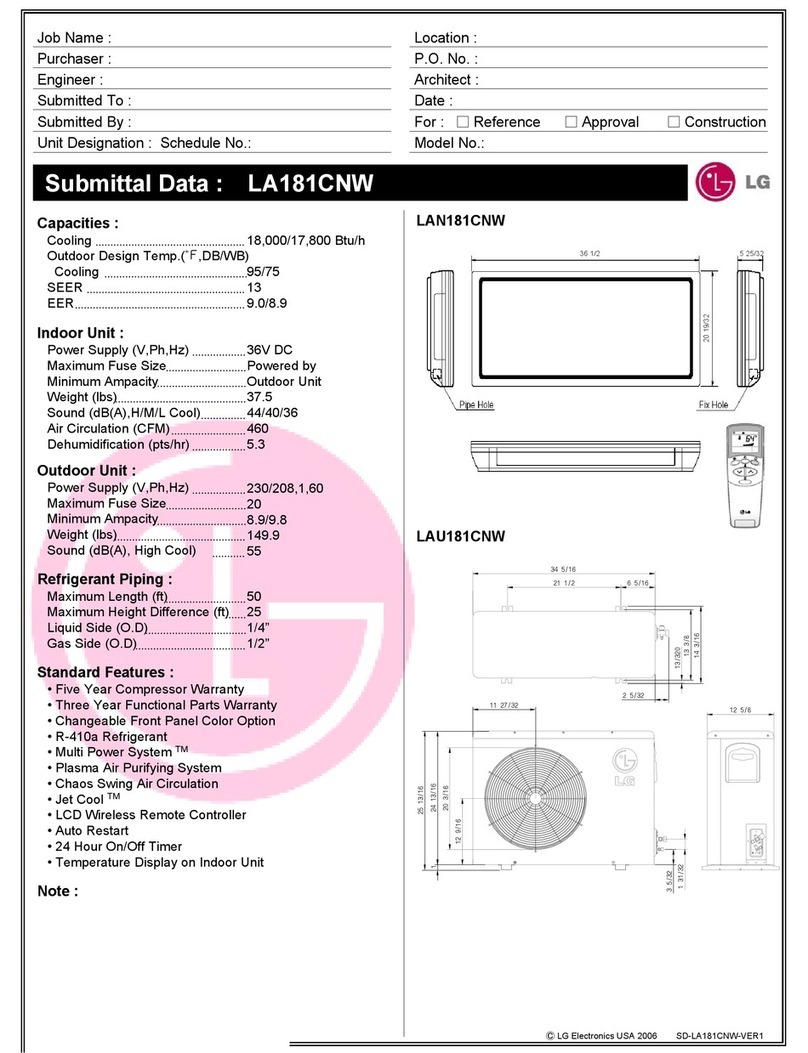
LG
LG ARTCOOL LA181CNW User manual

LG
LG LMU369HV Installation and user guide
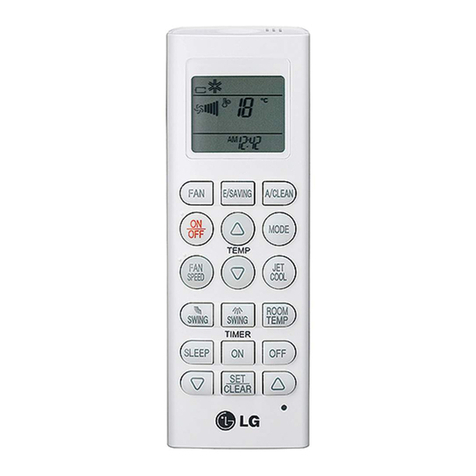
LG
LG PQWRCQ0FDB Quick start guide
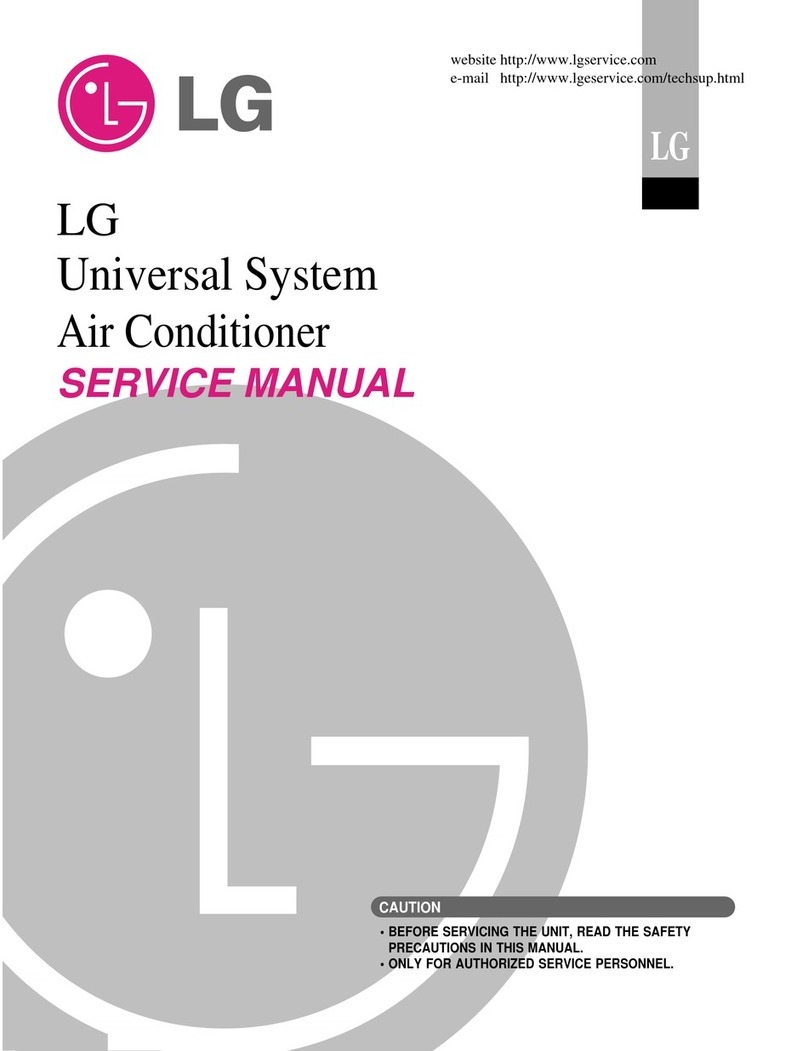
LG
LG ATNC186ELAA User manual

LG
LG Art Cool PREMIER Quick start guide
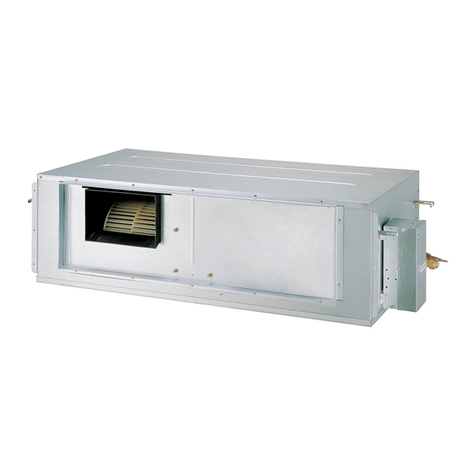
LG
LG Multi V ARNU48GBRZ Series User manual
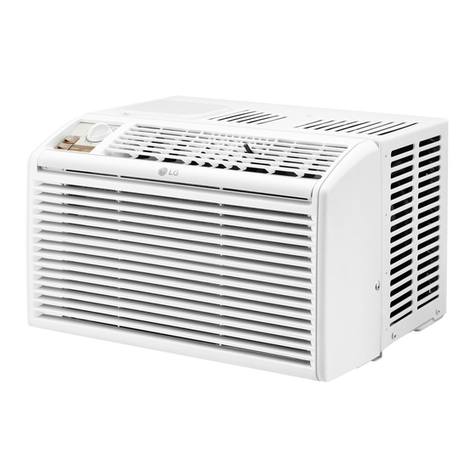
LG
LG W051CS SSP User manual
Popular Air Conditioner manuals by other brands

Fujitsu
Fujitsu ASYG 09 LLCA installation manual

York
York HVHC 07-12DS Installation & owner's manual

Carrier
Carrier Fan Coil 42B Installation, operation and maintenance manual

intensity
intensity IDUFCI60KC-3 installation manual

Frigidaire
Frigidaire FAC064K7A2 Factory parts catalog

Sanyo
Sanyo KS2432 instruction manual

CLIMAVENETA
CLIMAVENETA a-CHD U-2T 606+2209 OPERATING AND INSTALLATION Manual

Midea
Midea EWK06CW5 user manual

Pioneer
Pioneer FAB Series installation manual

SPT
SPT WA-1511S user manual

Mitsubishi Electric
Mitsubishi Electric Mr.Slim MSZ-A24NA operating instructions

Mitsubishi Electric
Mitsubishi Electric PUHZ-RP50VHA4 Service manual
